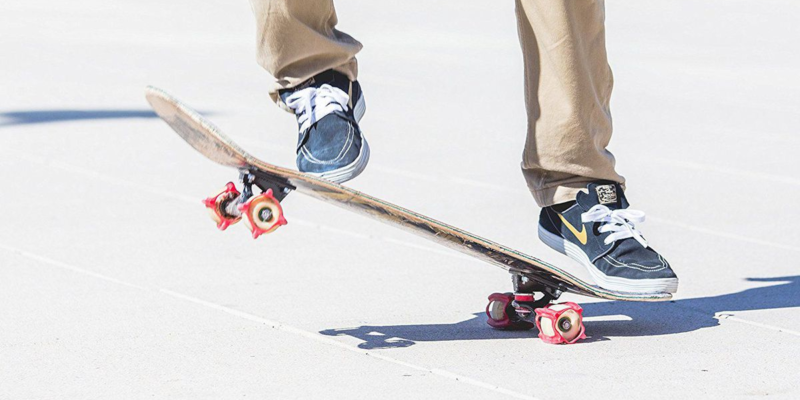Earlier this year Canon and Nikon served up a much-needed refresh of their entry-level DSLR lineups. Boasting a rash of new features that have trickled down from the more advanced DSLRs in their range, the Canon EOS600D and Nikon D5100 offer photographers in this market a creative control that they haven’t had before. But with similar spec sheets, which camera should you choose?
Canon EOS 600D OR Nikon D5100
Canon’s EOS 600D and Nikon’s D5100 may each descend from a line of successful entry-level DSLRs, but with each now supported by a more junior model in its respective range the pair are left to target a more advanced audience. In addition to their high-resolution sensors, each arrives with a highly specified LCD screen and HD video functionality, not to mention a bevy of recording, processing and customization options. With such similar specifications they are likely to be seen as natural competitors and, given the heritage of each brand, they will naturally attract a lot of interest, but are they equally as impressive or does one clearly outgun the other?
Read Review About:- Best Tripods For Vlogging 2018
Nikon D5100 Vs Canon T3i 600d
Considering its upper entry-level billing, Canon has been generous with the 600D’s specifications and it actually seems as though you’re getting something of a bargain. Its 18MP CMOS sensor matches the more expensive EOS 60D for resolution and both are supported by the same DIGIC4 processing engine. This is also true of the Nikon’s D5100, with both its 16.2MP CMOS sensor and EXPEED 2 processor inherited from the D7000, along with a few nifty extras such as an interval timer for time-lapse recording and multiple exposure function, neither of which is offered by the 600D.
The 600D manages to better the 60D’s 3in articulated LCD screen with a slightly wider viewing angle and the bonus of an anti-smudge coating. At 1,040,000 dots it also has the joint highest resolution for an LCD screen on any DSLR, an honour shared only with its EOS stablemates. The D5100’s screen comfortably matches the 600D in practically all areas apart from resolution, where its 921,000-dot LCD is slightly behind; Whether this difference comes across in use, however, is something we’ll find out later on.
Canon EOS 600D vs Nikon D5100 MOVIE MODE and quality
Both cameras have full HD movie recording, with variable frame rates up to 29.97fps and the provision of a socket on each for external stereo microphones. Canon has also fleshed out the 600D’s movie functionality with a Video Snapshot mode, which captures short video clips before automatically stitching them together, and a Movie Digital Zoom option, which crops the sensor up to 10x while still promising to maintain full HD quality.You may also read reviews about tripods under DSLR on tripodsdslr.com Similarly, the D5100 allows for movies to be treated with effects such as Miniature and High-key in-camera (which also applies to its images), and even for frames to be lifted out of a piece of footage and saved as JPEGs. In a number of other areas the D5100 appears to outgun its rival, at least on paper. Both cameras, for example, allow a standard sensitivity range of ISO 100-6400, with the 600D offering an additional setting equivalent to ISO 12,800. The D5100 not only matches this, but also betters it with a further Hi2 option equivalent to ISO 25,600. Likewise, the D5100’s 11-point focusing system has two extra points over the 600D’s nine-point module, although both share a cross-type central point for improved sensitivity.
The D5100 also has a burst rate up to4fps next to the 600D’s 3.7fps, although Nikon makes it clear that such speeds are influenced by shutter speed, processing options, focus mode etc. In any case, the difference isn’t substantial. As is fairly typical on such models, both cameras offer pentamirror viewfinders, each with a coverage of 0.95x. With a slightly higher magnification, the 600D’s viewfinder appears to present a larger view, although once the differences in sensor size are taken into account – the 600D has a marginally smaller sensor – any advantage is negligible. The two are also powered by rechargeable lithium-ion batteries and support the SD family of memory cards for image and video recording.



